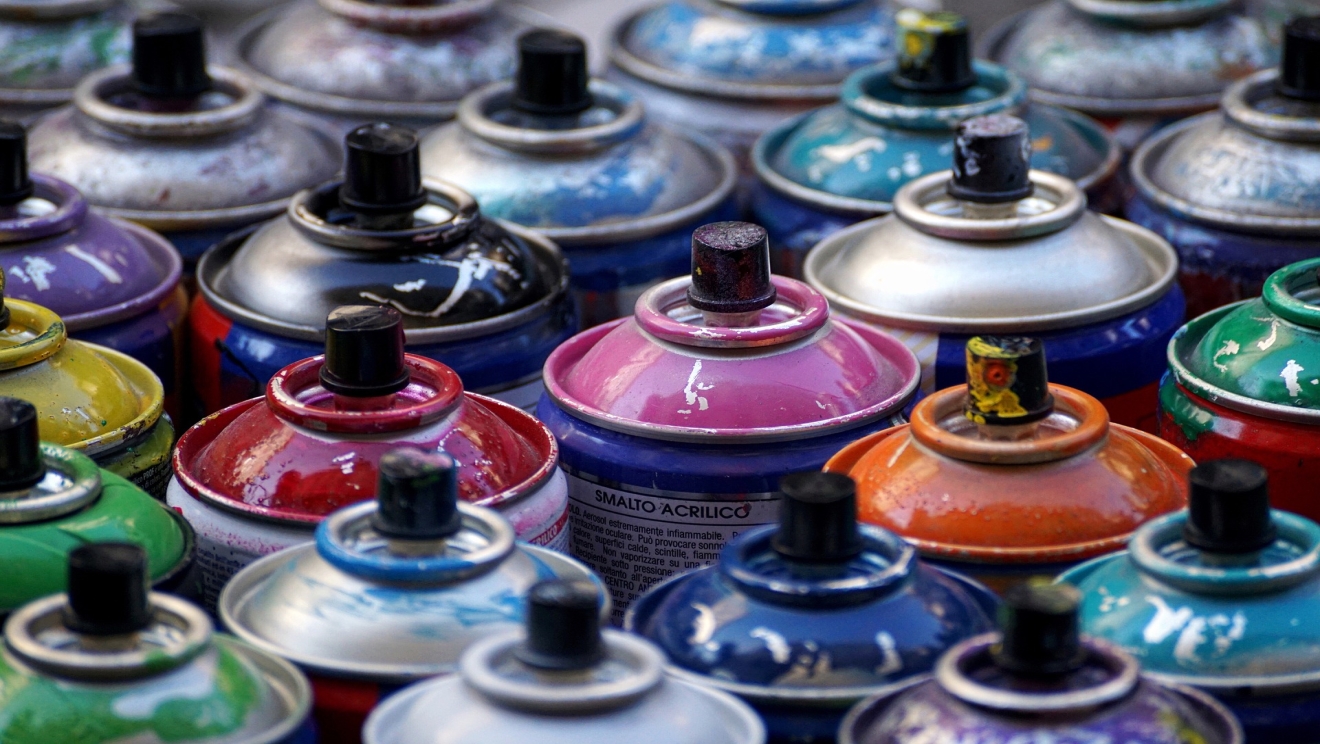

Ecuador – pioneering the destruction of ozone depleting substances
24 May 2018 Daniel CHANG
Although the Equator, the line that divides our planet into northern and southern hemispheres, crosses the entire globe, it is 6 kilometers to the north of Quito, where it finds its highest point (2,464 meters above sea level).
At higher altitudes, the solar radiation is stronger and people are more prone to suffering its effects. However, the almost three million Quito residents can sleep peacefully. A major step has been taken, in the conservation of the ozone layer, thanks to the Ministry of Industry of Ecuador, with the support of UNIDO and the Andean Union of Cements (UNACEM).
After replacing of inefficient domestic refrigerators, UNIDO started a CFC recovery in 2011 and in parallel develop the trials and test for Ozone Depleting Substances destruction and environmental certification. Having achieved this important milestone, Ecuador is successfully destroying 2.5 Tons of unwanted refrigerant with ozone potential depletion.
Chlorofluorocarbons (CFC)
CFCs revolutionized the world of chemistry in the early 1930s. Forty years later and after intense use, it was discovered that despite not being toxic to humans, when released into the environment CFCs have the capacity to decompose ozone molecules.
"For every kilo of CFC that is vented many ozone molecules become O2 in a chain reaction and 10,800 CO2 equivalent kilos of global warming gases are released. And that's not all. CFCs can remain in the atmosphere for more than 100 years," says Rodrigo Serpa, UNIDO Project Manager.
To address this threat, the Montreal Protocol was signed in 1989. It is an Environmental Agreement with the objective to phase out the production and consumption of ozone depleting substances such as CFCs. Since then, all countries in the world have signed and ratified the treaty and its amendments.

Pioneer in the region
In 2011, the Government of Ecuador implemented a project to replace 330,000 obsolete refrigerators, replacing them with new and more efficient models. For three years, with the help of UNIDO, more 2.5 tons of CFCs from these devices were recovered and stored.
"Within the Montreal Protocol, UNIDO has been a strategic ally to assist our industrial sector in technological reconversion, especially regarding the use of substances that damage the ozone layer in their production processes and service," says Ana Correa, Ozone Officer of the Ministry of Industries and Productivity of Ecuador.
On 16 November 2015, following a long research process, the successful destruction of CFCs was achieved thanks to a close cooperation with UNACEM.
"To achieve the complete destruction of the CFC molecule, it is necessary to burn it at a temperature of more than 1,400 C, and in Ecuador the cement kilns can reach that temperature," says Verónica Villacs, a UNIDO consultant who oversees the process in the field.
The cooperation of the cement company was crucial in the success of this project, since the elimination of CFCs does not bring any commercial benefit but the cleaning development mechanism was used, avoiding emissions is equivalent to reduce emissions. It was the company’s commitment to the environment that motivated it the most.
Installed capacity
It is expected that, by June this year, 2.5 tons of CFCs will be destroyed taking advantage of the technology and knowledge for their safe destruction already established in Ecuador.
"The idea in the future would be for the technicians to have recovery equipment, to store the gases and bring them to destruction," Villacis says. In addition, she adds that "UNIDO has tried to fill these gaps and we want to support the technicians so they can create their own recovery system in a simple way and with tools that they already familiar with."